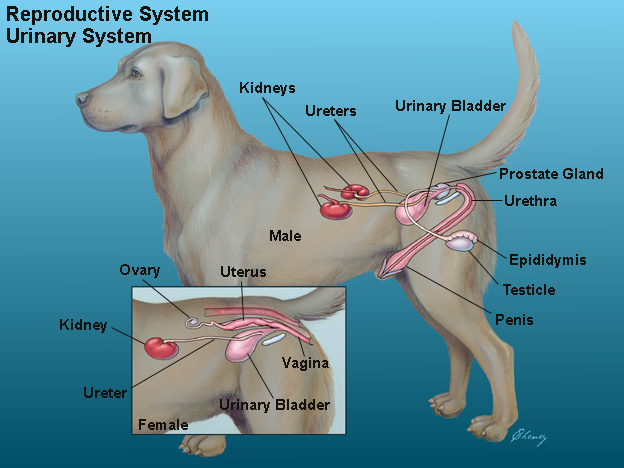Eagle Eyes: The Remarkable Vision of Bald Eagles
Besides being beautiful, regal, and quite efficient hunters. They are among the earth’s most adept species. In North America, there are numerous species of bald eagle, but the bald. Eagle is among the innumerable widely applied and fast realized. Yet, how largely do you know near them? There is more to these majestic raptors than meets the (eagle) eye! In recognition of National American Bald Eagle Day in the US (June 20). Here are nine facts about bald eagles that may surprise you!
They have fantastic eyesight.
To have perfect vision, a person must have 20/20 eyesight. Bald eagles can have 20/4 or 20/5 ideas, meaning they can see four or five times farther than the average person. A bald eagle can spot prey the size of a rabbit three miles away! Eagle eyes are so huge that they fill most of its skull. They also have a 340-degree field of view (compared to. Our measly 180 degrees) and have both monocular and binocular vision. This allows them to use each eye individually or together!

Mating lasts a lifetime for them.
It is not uncommon for bald eagles to have commitment issues. Once the females have chosen their mate, they’re usually together for life. They may use several courtship rituals to test their potential mate. But the coolest is the cartwheel courtship flight, aka the death spiral! During this spectacular ritual, they grasp each other’s nails in flight and somersault toward the earth.
Usually, they build enormous nests.
Once they form a bond, the eagles build a nest together, returning to the same one year after year. When they replace their roosts, they redo them, making them more conspicuous. In North America, bald eagle roosts count 4-6 feet (0.6-1.2 metres). They have many enormous nests in diameter and 2-4 bases (0.6-1.8 metres) high. Florida is believed to have the most giant nest of bald eagles on record. This object weighed almost three tons, measured ten feet (3 metres) wide, and was nearly 20 feet (6 metres) deep!
A person does not need to eat every day.
A bald eagle requires about 0.5 to 1 lb of food. They must consume a large amount of food daily, but the amount needed to ingest is small. Up to two pounds of food can be stored in an eagle’s crop, an expandable. Part of his esophagus is where he can keep and soften foods. Eagles can survive a few days without prey by eating the extra food in their crop if there is a shortage of game.
They’re primarily feathers.
Considering their massive wingspan (6-7.5 feet or 1.8-2.3 metres), bald eagles aren’t very heavy. They only weigh about 10-14 pounds, much of which comes from their plumage. They have about 7,200 feathers, which weigh about twice as much as their entire skeleton!
There’s nothing bald about them!
Hairless eagles are hidden in thousands of feathers, so they’re far from bald. There has been debate over the origins of the bird’s misleading name. But it appears to be derived from an ancient word for white. Bald eagles can develop their iconic white head and tail four to five years after birth.
There’s nothing bald about them!
Hairless eagles are hidden in thousands of feathers, so they’re far from bald. There has been debate over the origins of the bird’s misleading name. But it appears to be derived from an ancient word for white. Bald eagles can develop their iconic white head and tail four to five years after birth.

Movies make them sound different.
Unlike the actual vocalization of a bald eagle, which is loud and piercing. Screech that echoes far and wide, we imagine the sound made by a bald eagle. Hollywood has decided that the actual wimpy Twitter of. This American icon isn’t cool enough for movies and is often switched for the red-tailed hawk’s call.
They’re resilient…
While hairless eagles have never been in severe trouble, the BC coast has struggled in many parts of North America.
They took a relatively big hit in the mid-19th century. When overhunting and land loss affected bald eagles and many other bird species. The double big hit was the pesticide DDT, which became famous in the 1940s. It was used until 1973 in Canada, until 1972 in the US. The infiltration of DDT into the food chain resulted in bald eagles and others. Birds of prey lay eggs with thin shots that could easily break. Many bald eagle populations crashed. Barring the use of DDT, it made way for a full recovery for eagles and other birds of prey. Bald eagles were taken off the US loomed species list in 2007. And more than 11,000 nesting pairs are now in the lower 48 states. BC has an estimated 20,000 bald eagles, double only to Alaska.
However, there is another threat.
The bald eagle has overcome the DDT crisis. But humans still influence it, particularly in hunting. Several bald eagles are experiencing lead poisoning after being shot with ammunition designed for hunting big game. Many hunters leave behind parts or all of the animals killed. Making them easy meals for scavenging eagles.
Consequently, eagles ingest lead ammunition, often leading to fatal lead poisoning. A study of 1,210 bald and golden eagles in 38 countries found that 47% were chronically poisoned by lead. Several cases have also been reported in Canada, specifically in Saskatchewan. Copper or steel ammunition should be switched from lead-based shells. Hunters should be mindful of what they take and depart rearward.










